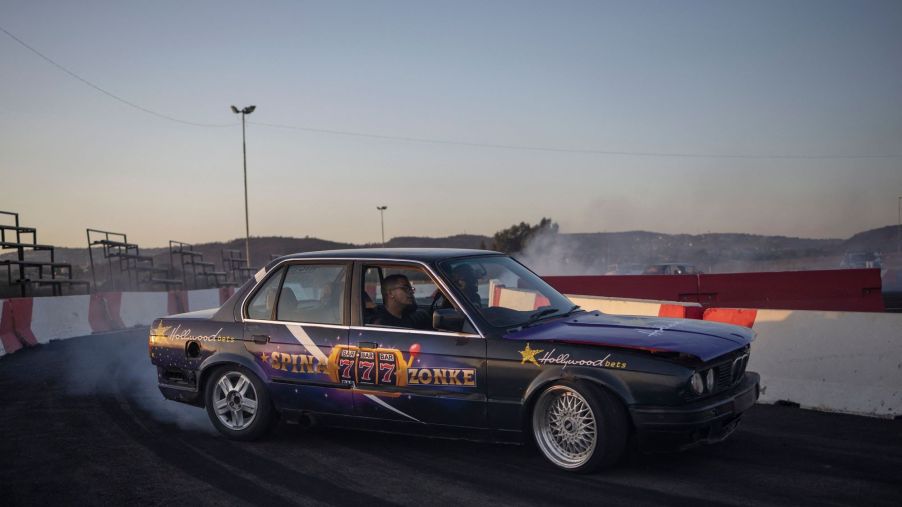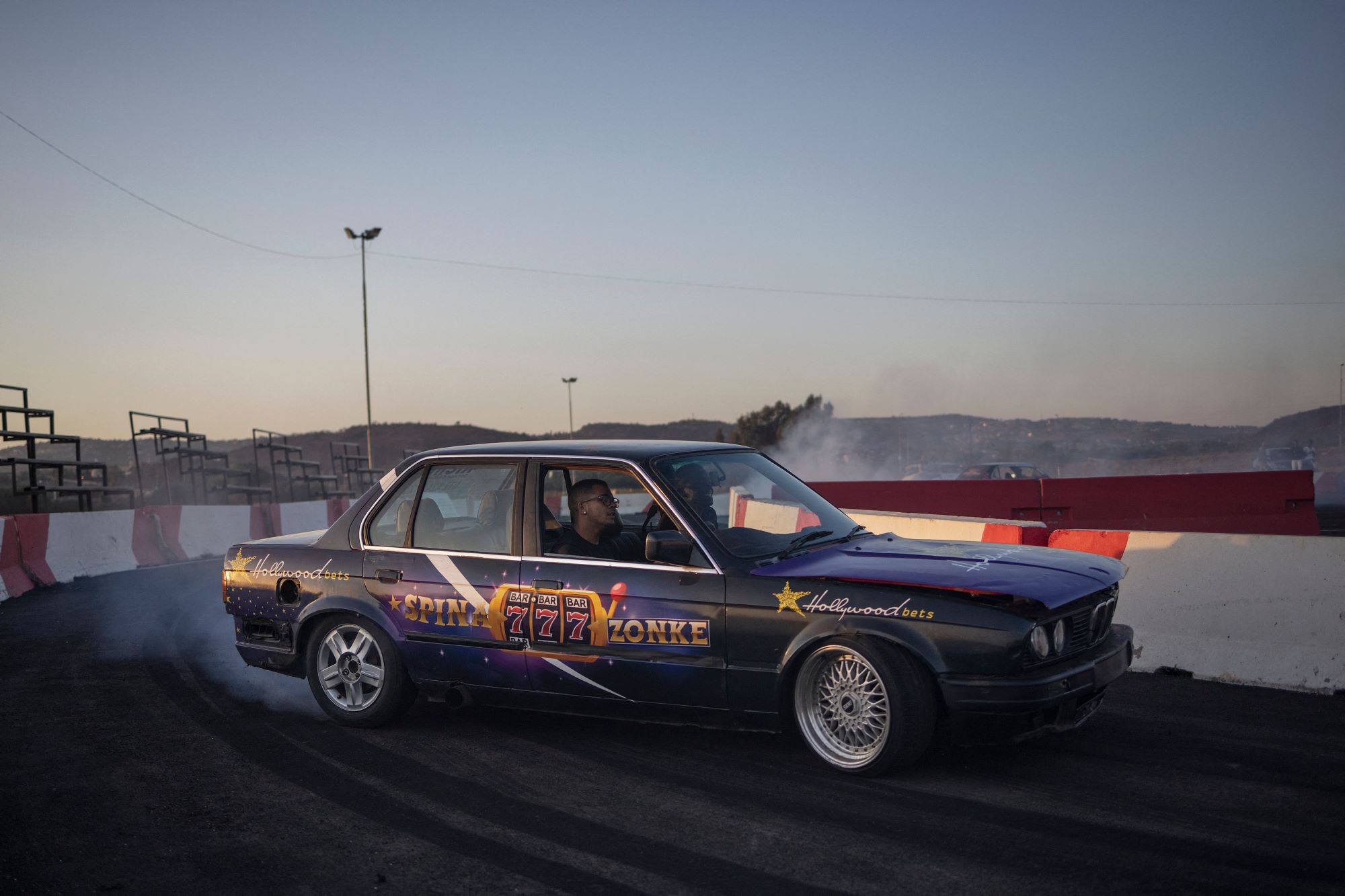
Who Invented Drifting?
Professional drivers have devised interesting and exciting ways to make their cars go fast. One of these techniques is known as drifting. It has enticed the minds of fans and drivers alike for many years, but plenty of people still don’t know that much about it. So, what it is? Where does it originate? Why is it such an enduring part of racing?
The ‘Fast’ series introduced drifting to the US

While a mainstay in Japanese racing for several decades by then, many American drivers had never encountered the concept of drifting until 2006. That was when The Fast and the Furious: Tokyo Drift premiered. The third installment in the franchise changed the focus from Dom and Brian’s cops and robbers drama to the mean streets of Tokyo and troubled teen Sean Boswell as he learns the art of drifting to stay afloat.
It is generally considered one of the worst and lowest-grossing films of the franchise. Not to mention it wasn’t even filmed in Tokyo. However, Tokyo Drift did have a lasting influence on American audiences. For the first time, people were paying attention to drifting and its cars. In many ways, it’s not too dissimilar to what happened in Japan during the 90s, when the manga Initial D brought what was a racing subculture into a more mainstream light.
Who was the inventor?
An American movie franchise about muscle cars isn’t where the art of drifting came from. The actual origins of the technique come from Japan in the 1970s. TopSpeed summarizes its origins with Kunimitsu Takahashi, a former professional motorcycle and road racer thought to be the technique’s creator. Dubbed the “father of drifting,” he experimented with intentionally oversteering his car to slide through a corner. Fine-tuning the approach through rigorous practice, he eventually implemented it into competition racing, earning numerous awards throughout his career.
It would become more popular throughout the 80s and 90s due to Takahashi’s wins and the emergence of “Drift King” Keiichi Tsuchiya. Tsuchiya quickly made a name for himself after implementing the technique into non-drifting races, his reputation further bolstered by his signature car being the Toyota Sprinter AE86. Frequently considered one of the greatest racers in the sport, his reputation helped to spread drifting far and wide, inspiring and consulting on the aforementioned Initial D as well as Tokyo Drift.
What is drifting all about?
If you’ve only seen drifting in movies, you’re missing out. The science behind it is simple but brilliant, and it’s no wonder that it’s become so popular among competitive racers.
Essentially, it is intentionally oversteering your car as you head into a turn. A vehicle will slide through a corner instead of simply turning if done correctly. The techniques can vary, but this is most often accomplished in a rear-wheel-drive car by clutch kicking, which is quickly disengaging and reengaging the clutch to cause the back wheels to lose traction on the road, then by braking to force the wheels to a stop as they slide across the road.
As Hot Cars explains, drifting can be used to maintain a slightly higher level of speed while racing compared to the normal process of slowing down around corners. This is especially the case for tracks with lots of turns, particularly the winding mountain roads in Japan, where the technique was first practiced. It can also be a way to block other racers coming up from behind, as a drifting car will take up more space in a narrow set of lanes than one turning normally.
However, drifting’s longevity likely has just as much to do with its spectacle as its utility. People love to watch this technique, and drivers love to drift. From the extreme technical skill required to keep control of a car during the drift to the plumes of smoke billowing off the wheels, it’s always a sight to behold.


